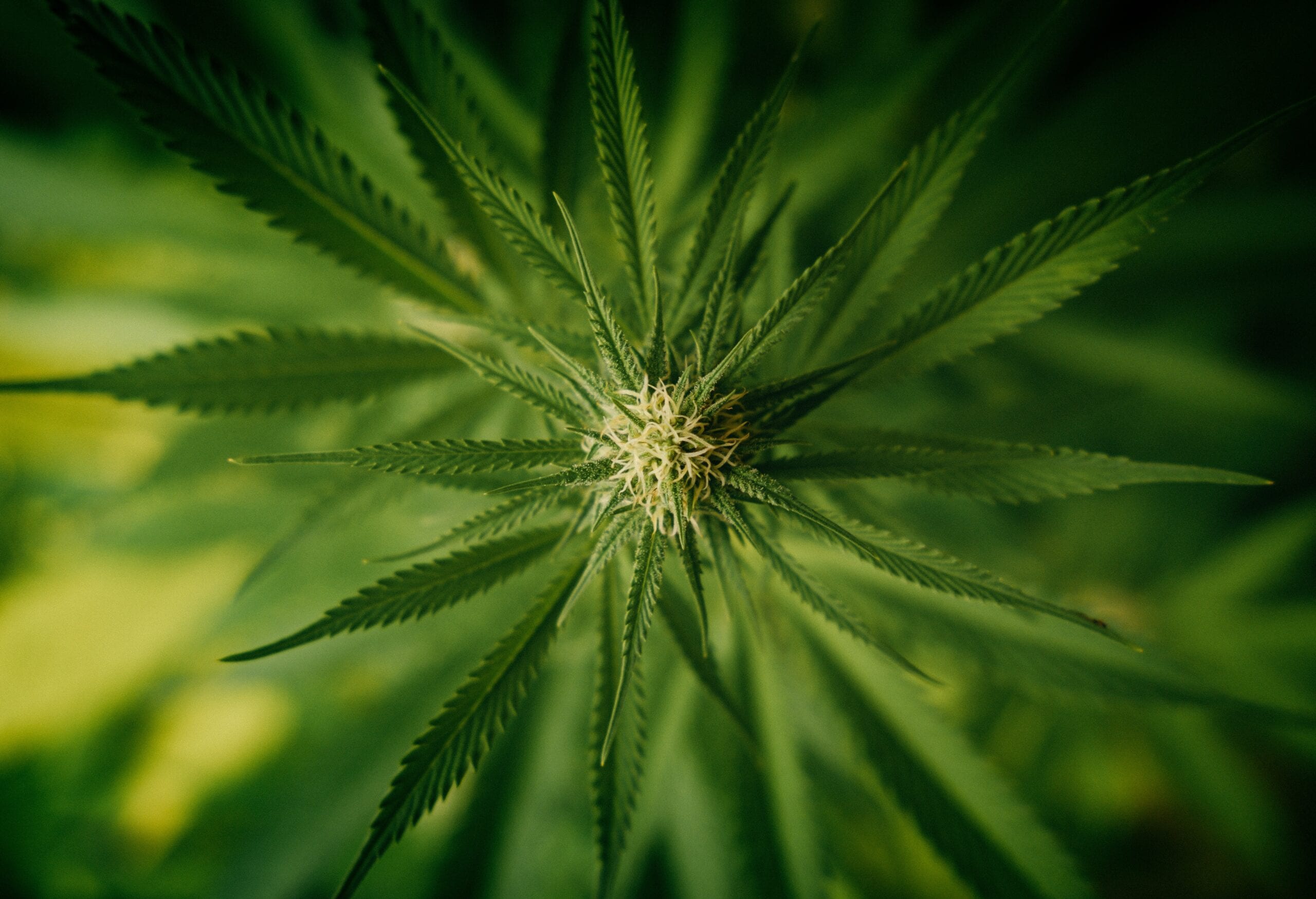Canada is one of the select few countries on this planet that has fully legalized CBD for medical and recreational purposes. Canada’s industrial hemp production started around 1994 when the Canadian government issued licenses to research groups. Four years later, various cannabis producers got commercial licenses. Ever since then, hemp production has grown manifold in the country. This has also led to an increase in the import of legal marijuana for the neighboring country United States.
The country is one of the biggest growers of industrial hemp in the world, with 92,465 acres of industrial hemp planted in 2019 alone. In the year 2020, production, as well as exports, grew 20 percent as per the CHTA (Canadian Hemp Trade Alliance) data. The number of licenses issued has also seen a rapid rise, with the number growing from 560 in 2006 to 866 in the year 2019. In this article, we shall discuss statistics around CBD production in Canada.
Let’s dive in!
What do the numbers say?
The numbers reveal a beautiful picture when it comes to the cannabis market in Canada. There has been around a 10 percent month-on-month increase in Canadian patients getting cannabis-containing medication in the country. The dried cannabis, also used for recreational purposes, has seen about a six percent increase. The CBD oil market, which is one of the most thriving cannabis-based industries today, has also seen around 16 percent growth.
The Canadian federal government had legalized cannabis on October 17, 2018, and within one year, the market grew $1,285 million, as per Statistics Canada. The sale of dried cannabis also saw a similar rise during the same period. The latest available data till May 2020 suggests 7,840,577 package units of cannabis have been sold across Canada. Of this, around 73 percent represent dried leaves sale. The cannabis market is to only grow in Canada, which will play a major role in making Canada’s economy stronger. The market is expected to grow at $4.1 billion in 2021.
CBD & its prospects in Canada
The cannabis plant was first grown around 500 BC in central Asia and then evolved in Africa and Europe. But Canada popularised it by allowing legal cultivation, production, and sale. In Canada, industrial hemp that contains less than 0.3 percent THC (Tetrahydrocannabinol) content is fully legal. As far as the CBD industry is concerned, it reportedly grew about $9.3 billion in 2020 the world over and is expected to grow at a CAGR of $23.6 billion by the year 2026. The Cannabis Act in Canada allows the use of whole hemp. Experts suggest CBD has a great future in Canada too if the government allows the sale of natural health products based on CBD. The estimate was based on a report by the Canadian Health Food Association, which estimated the market to grow at CAD $1.9 billion.
Notably, the country does not allow the sale of non-prescription-based CBD products, however, industry stakeholders are talking to the government to authorize CBD-based natural products as it could lead to a huge windfall for both producers as well as the government. Experts cite the thriving markets across the US and the UK, where you can practically get anything from CBD cake, and coffee to CBD-based gummies, which are flourishing.
The same model could be replicated in Canada, which will be a win-win for both the government as well as producers. People use CBD to cure many health problems.
Research has shown that CBD can effectively cure stress and anxiety-related issues, including depression, post-traumatic stress disorder, and insomnia. It also works pretty well against seizures. The US FDA has even approved a CBD-based medication for epilepsy. CBD can also help people suffering from a neurodegenerative disorder, which causes our brain to be dysfunctional with time. Cannabidiol is also known as an effective pain reliever.
The global growth of cannabis
Cannabis has exploded in popularity in recent years. From the US to Europe and Asia — the cannabis industry is booming. Recently, Curaleaf Holdings Inc, which is the US’ largest cannabis company, has announced big plans to expand in Europe. Tobacco Plc, which is a US-British company, also bought a stake in Canada’s major cannabis producer Organigram Holdings Inc. Mexico has also passed a law to attract global investment in the cannabis industry. Mexico is the recent entry into the elite club of countries allowing full cannabis use for recreational use. It decriminalized cannabis in 2009, relaxed norms around its use in 2017, and made it legal to use cannabis for recreational use by passing a law this year. The Latin American country now aims to become the biggest cannabis market in the world.
The US has partially made cannabis legal in about three dozen states but the law at the Centre level remains unchanged at the national level. The current reforms across Mexico could well force American lawmakers to rethink the federal ban on cannabis. More and more countries are accepting cannabis, which is forcing companies like Curaleaf to make big future deals to possibly reap the benefits in the future. Curaleaf recently bought Europe-based Emmac Life Sciences, which has a presence across eight countries. According to various reports floating in the media, South Africa, Ukraine and Poland are also planning to legalize cannabis. Things have also started moving in a positive direction in the US too. Recently, New York Governor Andrew Cuomo said the state legislatures were ready to take initial action towards legalizing cannabis rather than waiting for the federal government to fully legalize it.
The conclusion
There’s no doubt that cannabis has a bright future in Canada and other developing countries. The governments are now opening up to the idea of treating health complications via cannabis. They are certain about its limited impact on our body and hence are allowing recreational use too. Companies are making big investments across major proponents of cannabis, including Canada, Uruguay, and the UK. Further expansion of the list of countries fully accepting cannabis could play a huge role in deciding its future course.


